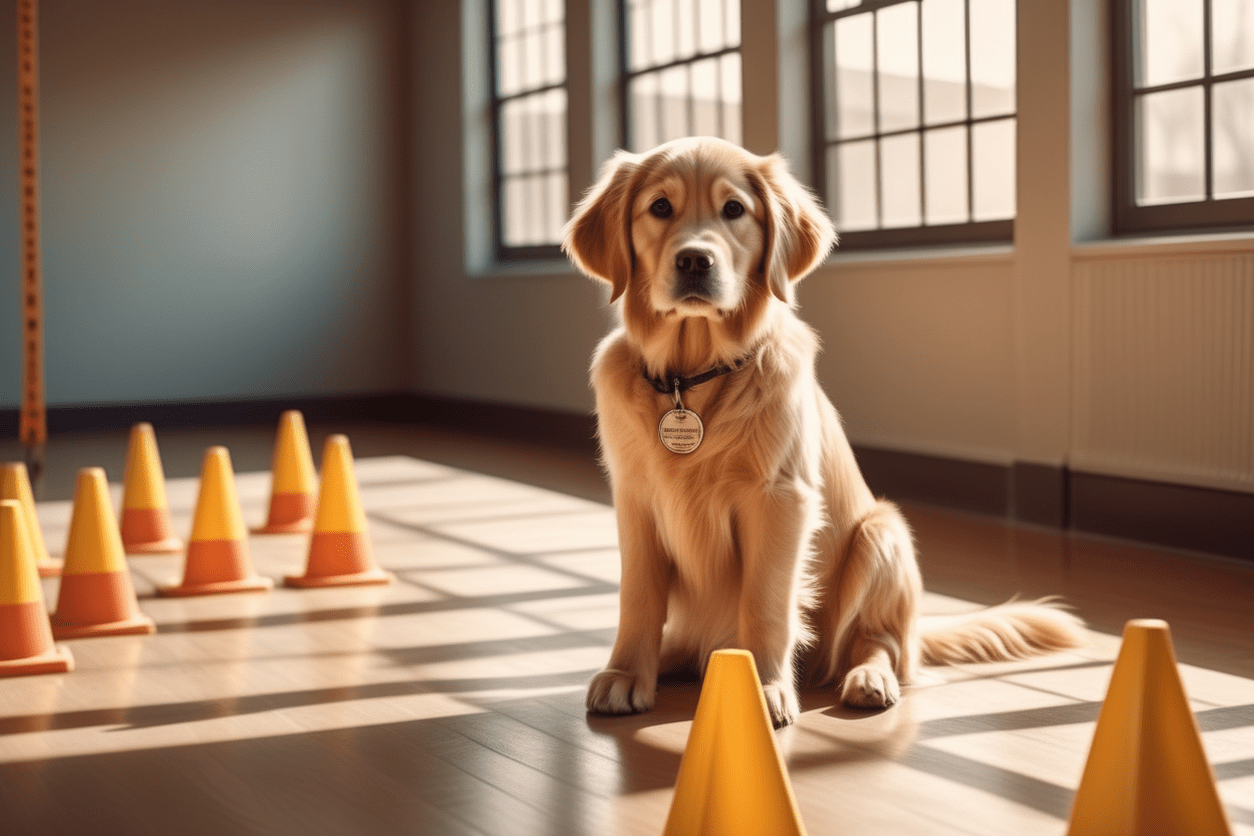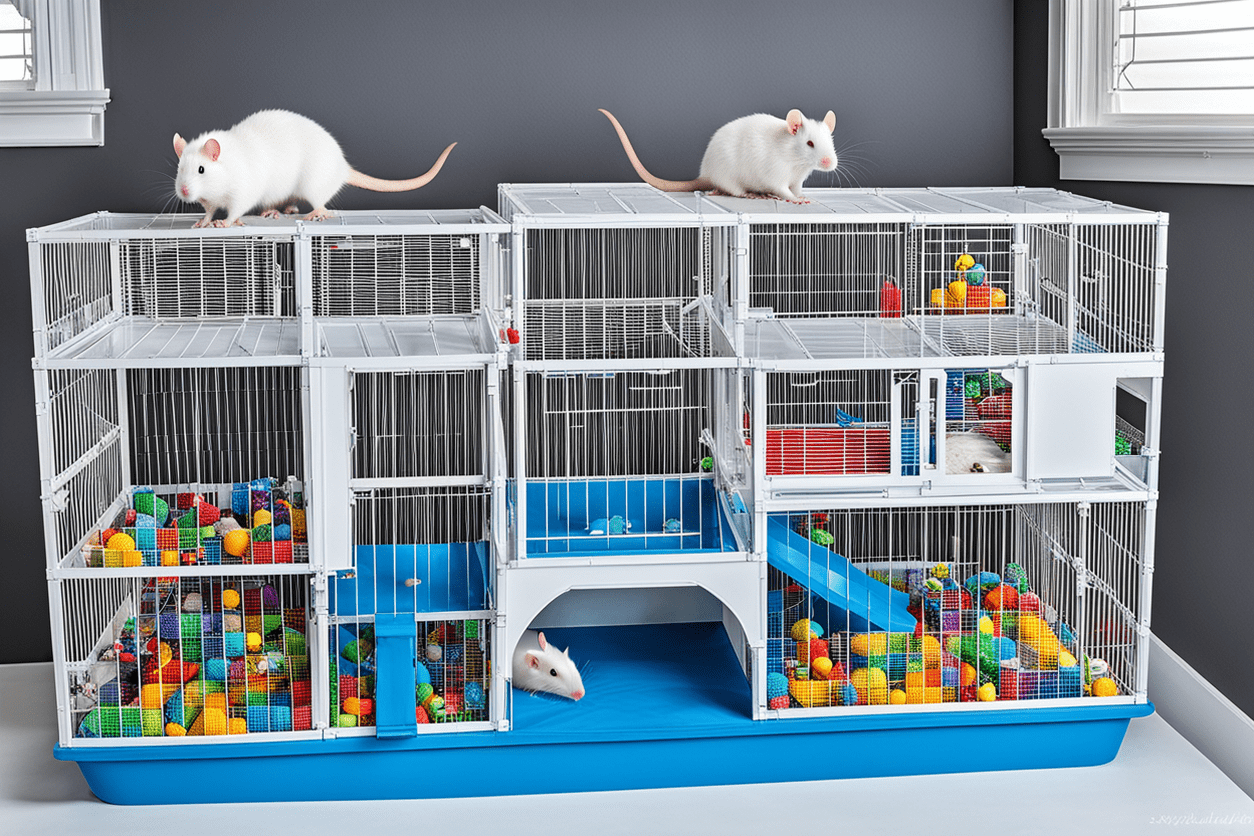Puppy Power: Unleash the Magic of Basic Obedience Training!

Introduction
Bringing a puppy home is an exhilarating experience. Those big, soulful eyes, wagging tail, and boundless energy can melt hearts instantly. However, the joys of having a new puppy come with a set of responsibilities. One of the most critical tasks is ensuring your furry friend grows up with good manners and appropriate behavior. This is where puppy obedience training steps in. Proper training not only helps in building a solid foundation of good behavior but also strengthens the bond between you and your pup. Let’s dive into the magical world of basic obedience training and unlock the secrets to raising a well-mannered dog.
Why Obedience Training is Essential
Puppies are naturally curious and full of energy. Without proper guidance, this energy can quickly transform into undesirable behaviors such as chewing on furniture, barking excessively, or jumping on guests. Obedience training addresses these issues by teaching your puppy the basic commands and proper behaviors expected in a household.
Here are some benefits of obedience training:
- Safety: Teaching your puppy basic commands like “sit,” “stay,” and “come” ensures their safety. For instance, a well-trained dog will stop on command, preventing potential accidents.
- Socialization: Through training, puppies learn to interact appropriately with other dogs and humans, reducing anxiety and aggression.
- Bonding: Training sessions are great opportunities to strengthen the bond between you and your puppy. Positive reinforcement training methods build trust and respect.
- Mental Stimulation: Training engages your puppy mentally, which is essential for their overall development. It keeps their brain active and helps in reducing boredom-related behaviors.
Starting Early: The Golden Period
The period between 8 to 16 weeks of age is crucial for a puppy's development. This time frame, often referred to as the socialization period, is when puppies are most receptive to learning and adapting to new experiences. Starting obedience training during this window can set the stage for a lifetime of good behavior.
The Fundamentals of Basic Obedience Training
1. Positive Reinforcement
Positive reinforcement is the most effective technique for training puppies. This method involves rewarding your puppy for displaying desired behaviors, reinforcing the notion that good behavior leads to positive outcomes. Rewards can include treats, praise, or playtime.
2. Consistency is Key
Consistency is crucial when training your puppy. Use the same commands and signals each time to avoid confusing your puppy. Ensure that all family members are on the same page regarding the training process.
3. Short and Engaging Sessions
Puppies have short attention spans. Keep training sessions brief (about 5-10 minutes) and engaging. Multiple short sessions throughout the day are more effective than long, monotonous training periods.
4. Patience and Persistence
Training a puppy requires patience. Progress might be slow at times, and your puppy might not always respond as expected. Persistence and maintaining a positive attitude is essential.
Basic Commands and How to Teach Them
1. Sit
Purpose: A foundational command that helps control your puppy in various situations.
How to Teach:
- Hold a treat close to your puppy's nose.
- Move your hand up, allowing their head to follow the treat, causing their bottom to lower.
- Once in a sitting position, say "Sit" and give the treat along with praise.
2. Stay
Purpose: Teaches your puppy self-control and is useful in preventing unwanted behaviors.
How to Teach:
- Ask your puppy to "Sit."
- Open your palm in front of you and say "Stay."
- Take a few steps back. If they stay, reward them with a treat and praise.
- Gradually increase the distance and duration.
3. Come
Purpose: Ensures your puppy returns to you, which is crucial for their safety.
How to Teach:
- Attach a leash to your puppy.
- Say "Come" while gently pulling the leash towards you.
- When your puppy starts moving towards you, reward them with a treat and praise.
4. Down
Purpose: Helps in calming your puppy and controlling their impulses.
How to Teach:
- Hold a treat in your hand.
- Move your hand down to the floor, allowing your puppy's nose to follow.
- Once they are in a lying-down position, say "Down" and give the treat along with praise.
5. Leave It
Purpose: Prevents your puppy from picking up or chewing on undesirable items.
How to Teach:
- Hold a treat in both hands.
- Show one treat to your puppy and say "Leave it."
- When your puppy ignores the treat and looks at you, reward them with the treat from your other hand and praise.
Addressing Common Challenges
1. Chewing
Solution: Provide plenty of chew toys and keep valuables out of reach. Redirect your puppy's attention to appropriate items when they start chewing on something undesirable.
2. Barking
Solution: Identify the triggers and work on desensitizing your puppy to them. Teach the "Quiet" command by rewarding your puppy when they stop barking on command.
3. Jumping
Solution: Ignore your puppy when they jump on you and reward them with attention only when they are calm. Teaching the "Sit" command can help redirect this behavior.
Socialization: A Key Aspect of Training
Socialization is an integral part of obedience training. Expose your puppy to different people, environments, and other dogs. This helps in reducing fear and anxiety and promotes well-rounded behavior. Puppy classes are an excellent way to achieve this, providing a controlled environment for socialization and learning.
Utilizing Professional Trainers
While many puppy owners can successfully train their pets independently, professional trainers can provide valuable guidance. They bring expertise and can tailor training methods to your puppy's specific needs. Additionally, they can help address any behavioral issues that may arise during the training process.
Summing Up
Training a puppy requires dedication, patience, and consistency. The effort invested in puppy obedience training pays off multifold, resulting in a well-mannered, confident, and happy dog. Remember, training is not a one-time task but an ongoing process that continues throughout your dog's life. Celebrate the small victories, cherish the learning moments, and enjoy the journey with your furry companion. The bond you build through training will be the foundation of a fulfilling and joyful relationship with your pup.
Embrace the power of training, and watch as your puppy transforms into a well-behaved and cherished member of your family. After all, with the right guidance and love, any puppy can unleash their full potential and become a shining example of good behavior and companionship.






